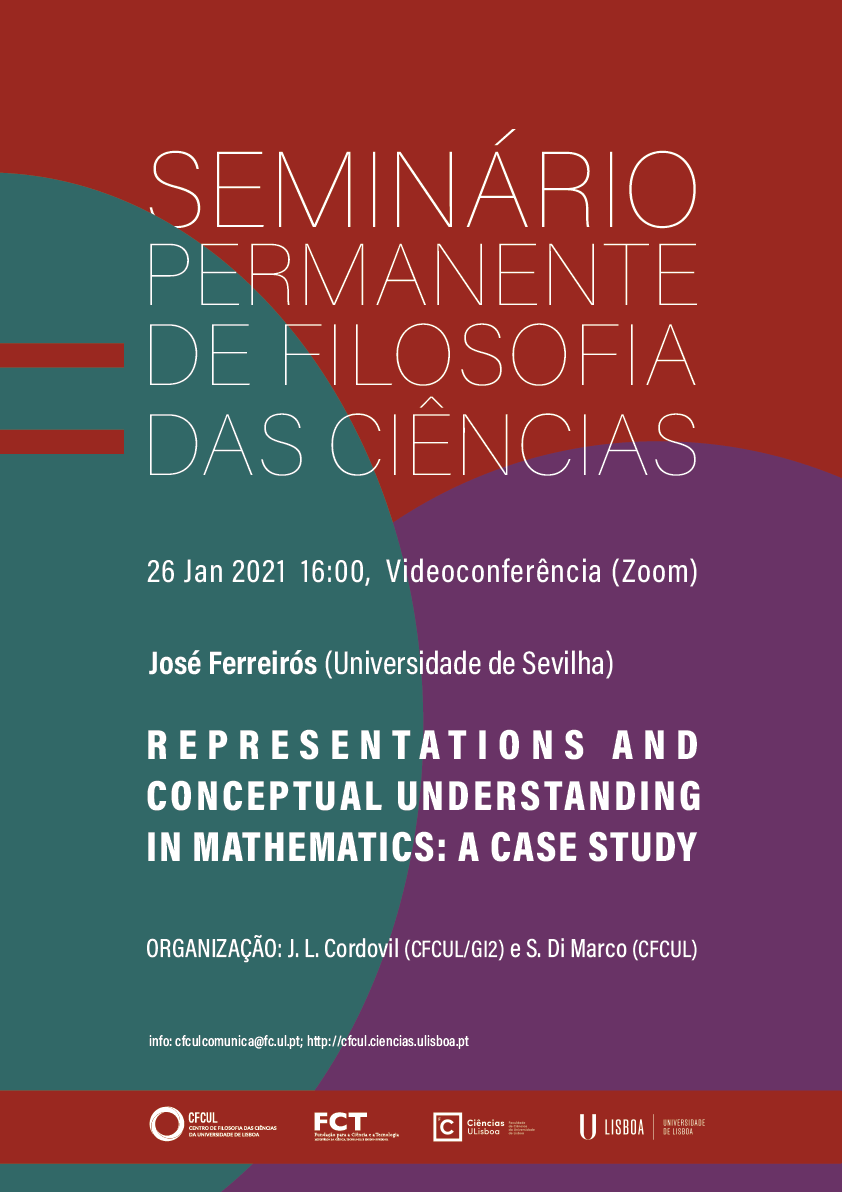
Abstract
It is well known that visual representations are not allowed in the modern mathematical practice of proof (from 1900 on). This is a strong contrast with ancient mathematics, which was often built around diagrammatic representations. The modern idea of proof is purely logico-linguistic, but several studies have shown that visuo-spatial representations keep playing important roles in the practice of maths. At the same time, the proof-theoretic approach, despite its successes, has been unable to fully justify mathematical knowledge. The question becomes particularly pressing and difficult with respect to analysis and set theory, which make strong existence claims (rejected by constructivist mathematicians). It’s precisely at this point that deep issues concerning ‘conceptual understanding’ emerge: (most) mathematicians are convinced of the acceptability and consistency of analysis and basic set theory, yet their conviction must have a source different from mere deductive justification. We shall analyze in this connection a case study from basic set theory, in an attempt to understand where conceptual understanding comes from.
José Ferreirós – Short Bio
José Ferreirós is full professor of Logic and Philosophy of science at the Universidad de Sevilla. He’s founding member and was President of the Association for the Philosophy of Mathematical Practices (www.philmathpractice.org), member of the IMUS in Sevilla, and also of the Acad. Int. de Phil. des Sciences. He has published the books “Labyrinth of Thought: A history of set theory…” (Birkhäuser), and “Mathematical Knowledge and the Interplay of Practices” (Princeton UP).